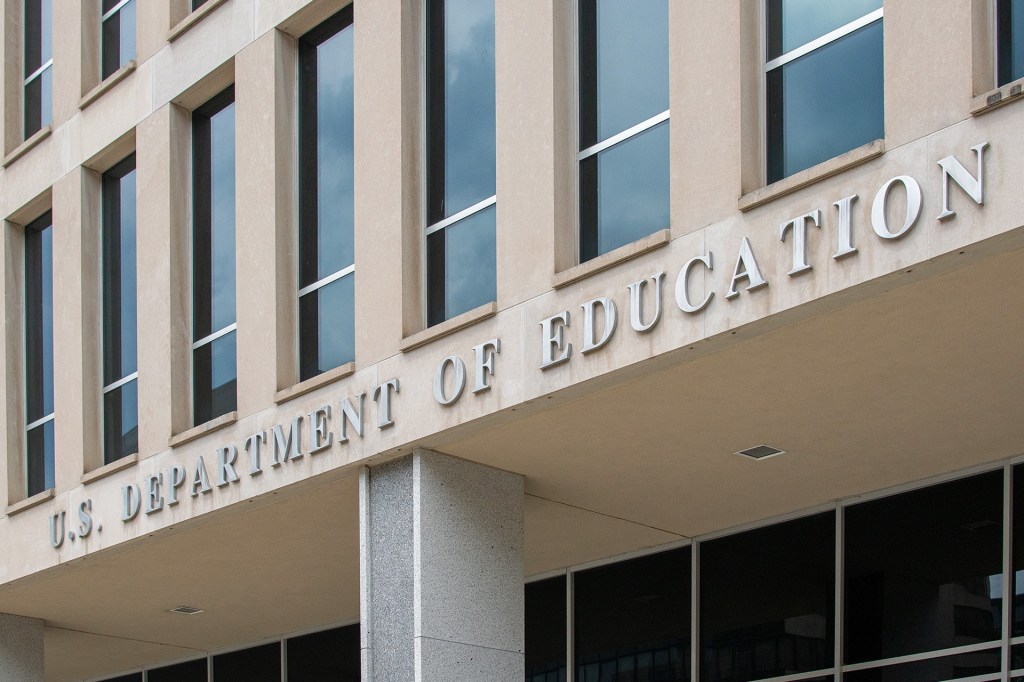The Homework Debate
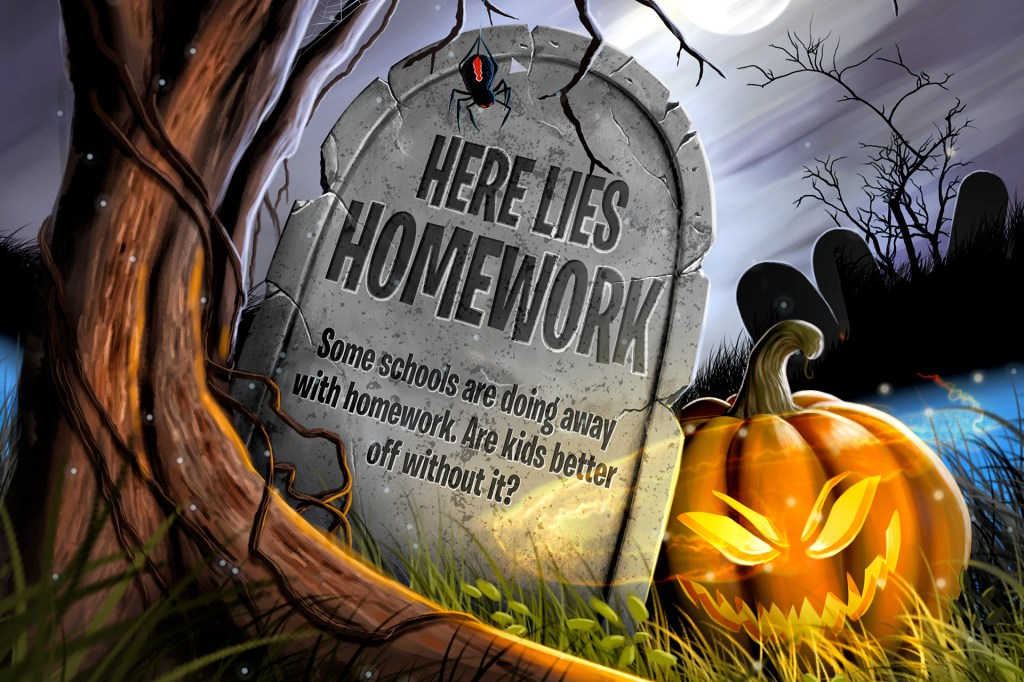
In July 2017, families in Marion County, Florida, got some surprising news. “Traditional homework as we know it will disappear, at least for elementary students,” Heidi Maier said in a voice message to parents. Maier is the school superintendent. “Instead, we want students reading,” she said.
More than 20,000 students attend the county’s 31 elementary schools. Dara Mehr is one of them. She is in the fifth grade. Last year, Dara had two or three hours of homework a night. “I would have 12 math questions and six or seven pages of work to do for reading,” she told TIME for Kids.
Now Dara’s only homework is to read for 30 minutes. She and her younger sister, Neveah, enjoy having more time for other activities. But their mom, Kayla Mehr, misses last year’s homework. “Sometimes, getting the kids to sit down and read for 30 minutes is a challenge,” she says.
A number of schools around the country are trying out a no-homework policy
policy
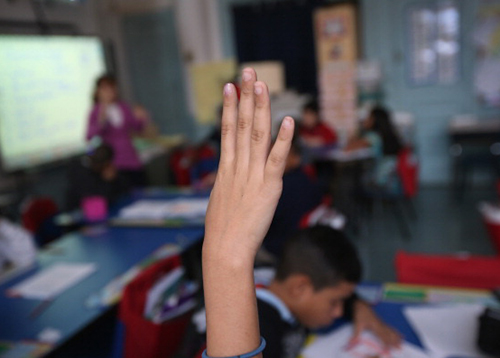 JOHN MOORE/GETTY IMAGES
an established rule or procedure
(noun)
Students needed a pass to use the bathroom, according to the new school policy.
. School leaders say the new policy is based on research. Studies have shown that homework does not boost
boost
JOHN MOORE/GETTY IMAGES
an established rule or procedure
(noun)
Students needed a pass to use the bathroom, according to the new school policy.
. School leaders say the new policy is based on research. Studies have shown that homework does not boost
boost
 TAY REES—GETTY IMAGES
to increase or raise
(verb)
The store hoped to boost sales during the holidays.
grades or test scores in elementary school.
TAY REES—GETTY IMAGES
to increase or raise
(verb)
The store hoped to boost sales during the holidays.
grades or test scores in elementary school.
Paula Fass is a professor at the University of California, Berkeley. She says there has been disagreement over homework “ever since schooling became a requirement.”
Support for homework has gone up and down through the years (see “Homework History”). “In the 1900s, a lot of parents thought that homework just occupied children’s time [when] they could be doing chores,” says Fass. Today, many still question the role that homework should have in kids’ lives. (For more on the pros and cons of homework, see “Do Kids Need Homework?”)

Finding a Balance
Harris Cooper is a professor at Duke University. He has reviewed more than 50 studies on homework. In his view, homework has a positive effect on learning. “The effect gets larger as kids move through the grades. But even in the early grades, homework has a positive effect on simple skills,” he says.
The National Education Association and the National PTA suggest that students get 10 minutes of homework per grade. Cooper supports this policy. It is known as the “10-minutes rule.”
But he warns that not all homework is helpful. “If there’s too much of it or if it’s too difficult, it can lead to frustration,” he says. “And that’s not a good thing.”
Last year, Kelly Elementary School in Holyoke, Massachusetts, did away with homework. Jackie Glasheen was the principal. She told ABC News she wanted kids to have more family time. “We want them to engage
engage
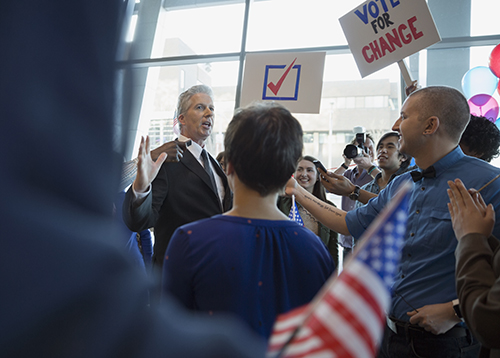 GETTY IMAGES
to establish a connection with someone or something
(verb)
The politician worked hard to engage with local voters.
with their families, talk about their school days, and go to bed,” she said.
GETTY IMAGES
to establish a connection with someone or something
(verb)
The politician worked hard to engage with local voters.
with their families, talk about their school days, and go to bed,” she said.
This year, the school has a new principal, Isamar Vargas. The students have homework once again. But they receive only one assignment per day. “We want to build responsibility and structure,” says Vargas. “But we don’t want to take away the important time that children have with their families or practicing sports.”
Kelly Elementary won’t be the only school to experiment with its policies. “This is part of a long history of conflict over homework,” says Fass, the Berkeley professor. “And that can be expected to continue.”
Homework History
Attitudes toward homework have changed throughout U.S. history. In the future, do you think support for homework will rise or fall?
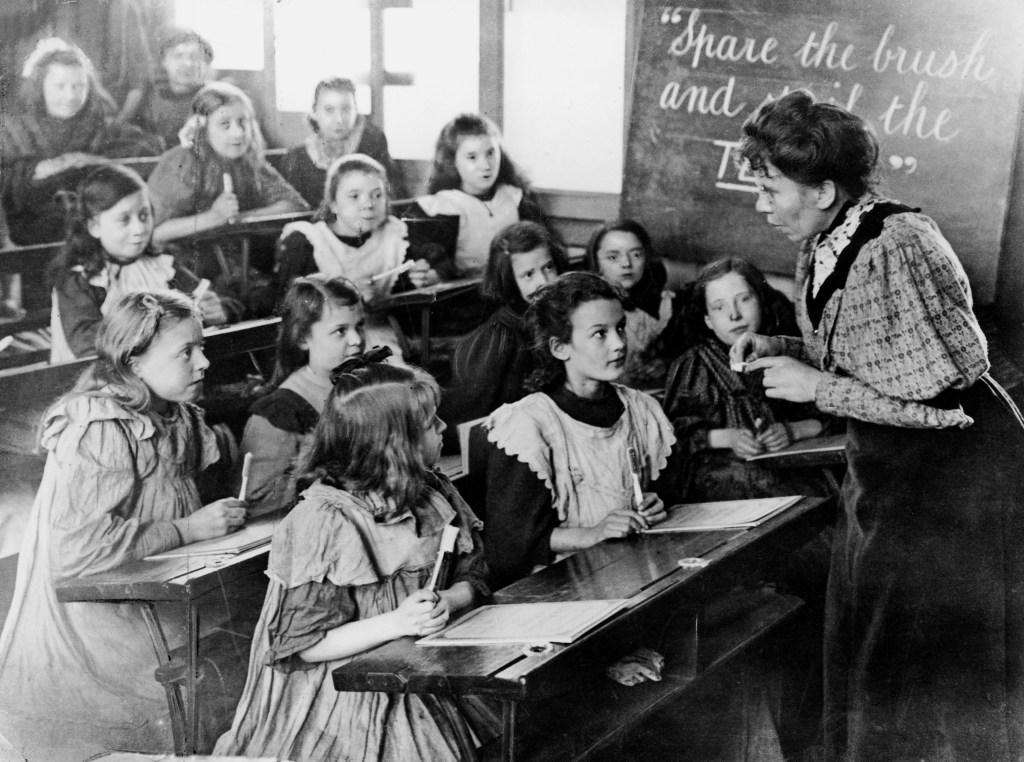
Early 1900s: A number of school districts pass anti-homework rules. The goal? To cut down on students’ having to memorize information, known as rote learning.

1957: The Soviet Union launches Sputnik, a satellite. The space race is on. Homework in science and math increases.
1966: The National Education Association suggests “limited amounts” of homework in upper elementary school.
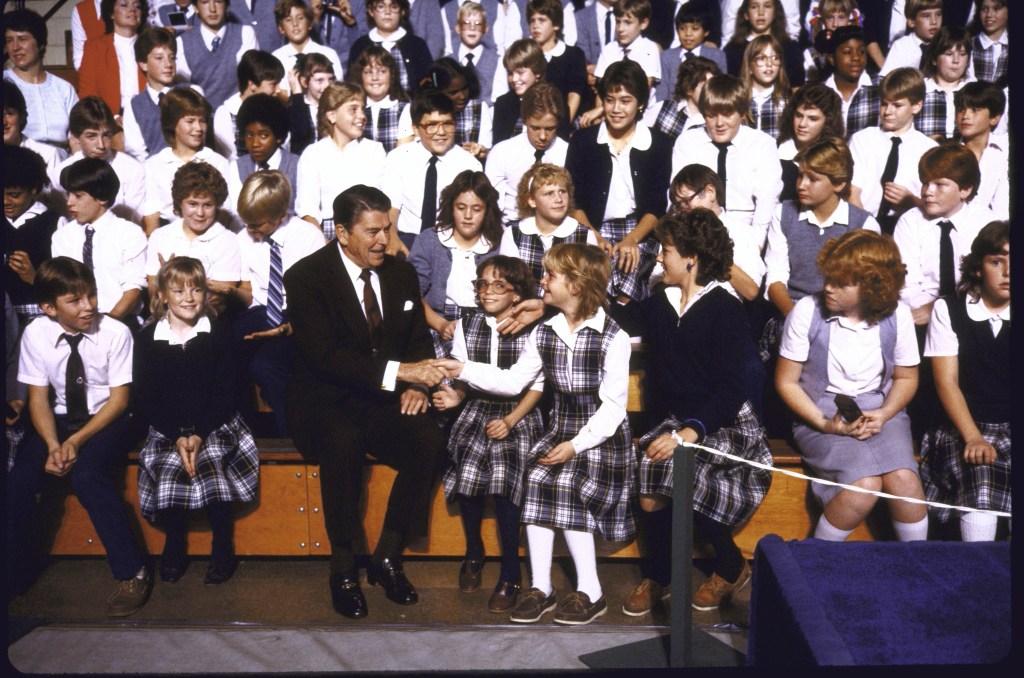
1983: President Ronald Reagan’s Education Department says schools need to improve. There is pressure to get tough.
1990s: Global competition is on the rise. Support for homework in the U.S. is strong. Students get more homework than they had in the past.
Assessment: Click here for a printable quiz. Teacher subscribers can find the answer key in this week's Teacher's Guide.








